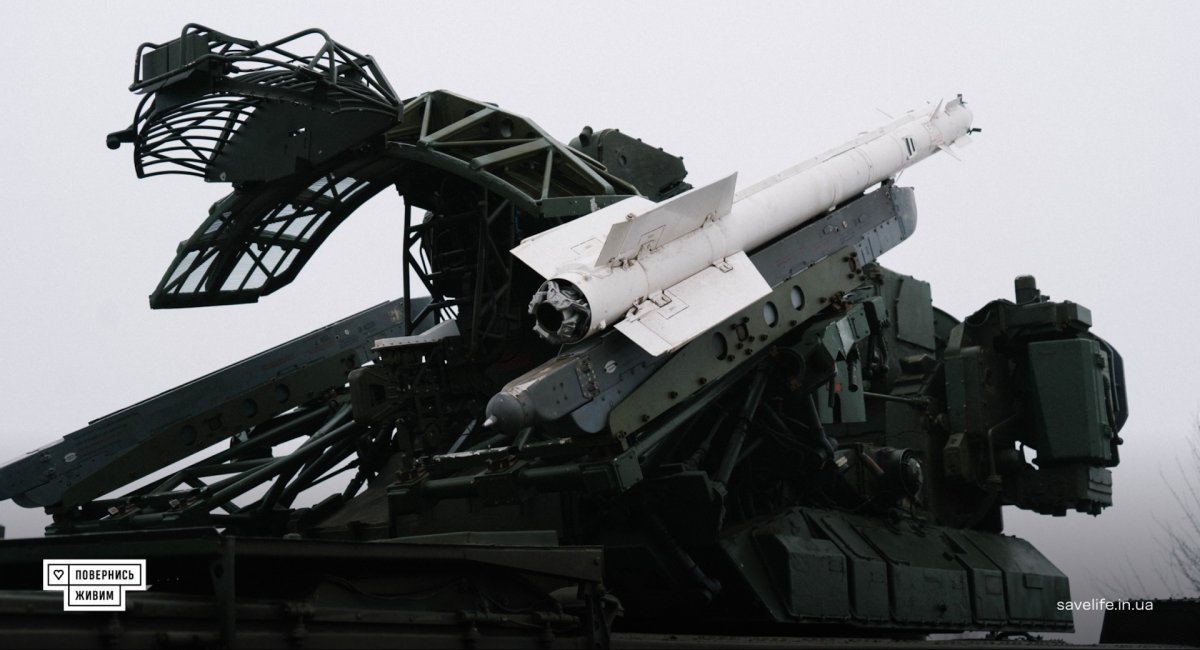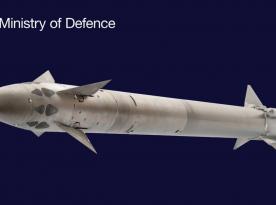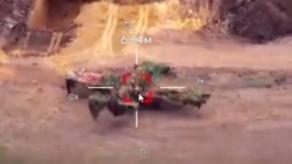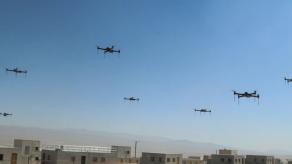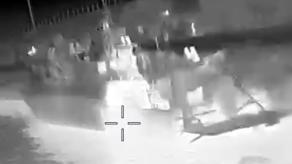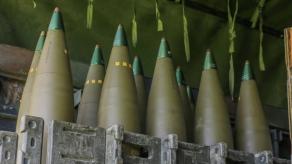Recently, reports confirmed that a certain number of Osa short-range surface-to-air missile systems operated by the Air Defense Forces have been upgraded to use R-73 air-to-air missiles.
This modernization is pragmatic given its concept: addressing the shortage of 9M33 surface-to-air missiles by enabling the systems to deploy the more widely available R-73 missiles. This approach also enhances the combat effectiveness of the Osa system. Moreover, the reported cost of 14 million hryvnias (even if applicable to a single system) appears justifiable.
Read more: Osa SAM System Upgraded with R-73 Missiles: What About the Cost and Improved Capabilities?
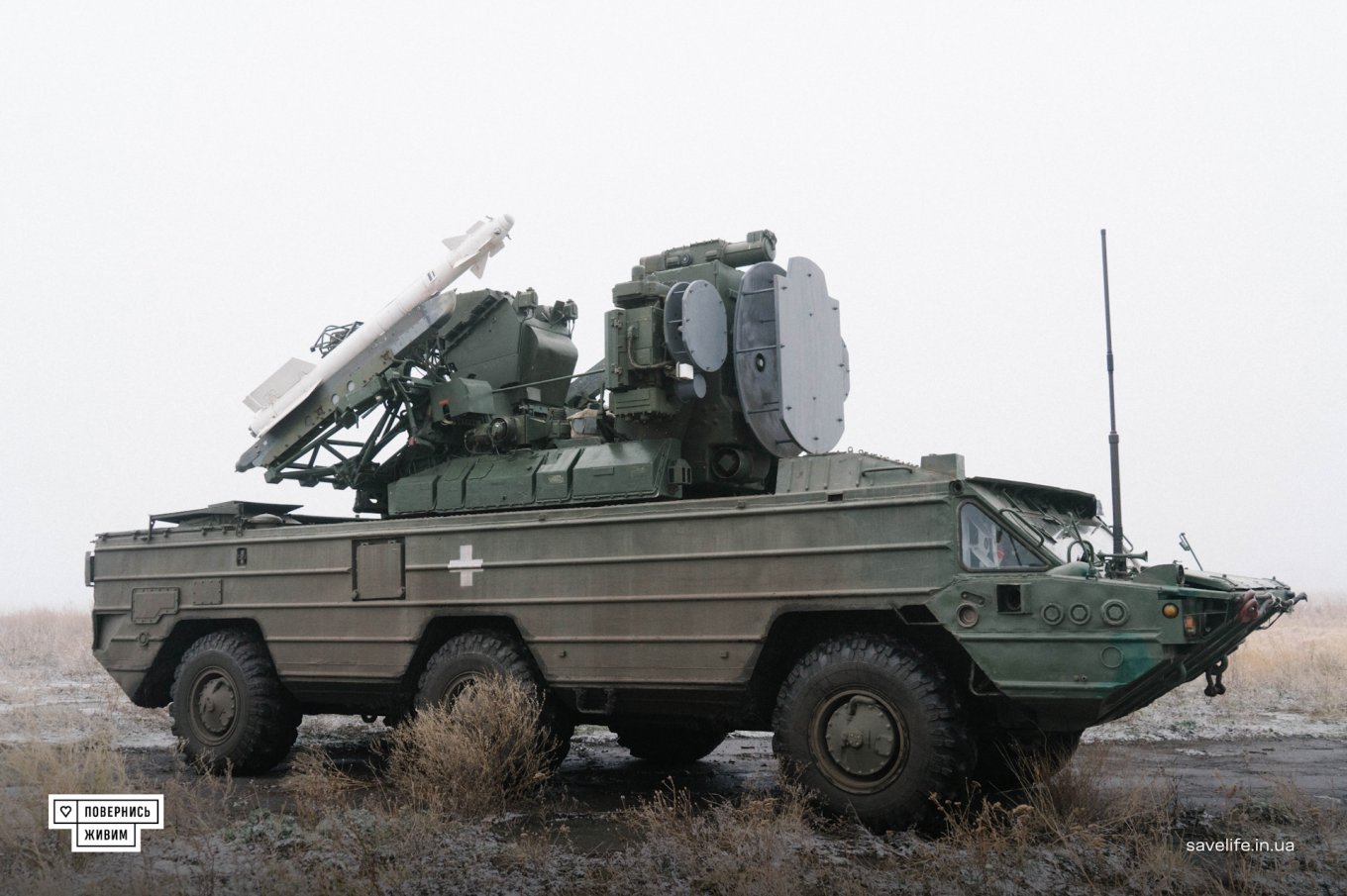
However, based on available information, such upgrades have not been applied to all Osa systems within the Ukrainian Armed Forces, leaving potential for further modernization.
In this context, recalling the earlier proposal to adapt the Osa system for German IRIS-T missiles is worthwhile. Presented by the Polish defense industry at an MSPO exhibition before Russia’s full-scale invasion, this modernization option suggested installing launch rails for six IRIS-T missiles. These missiles, when launched from Osa, could achieve an engagement range of about 10 kilometers and reach altitudes of 6–8 kilometers.
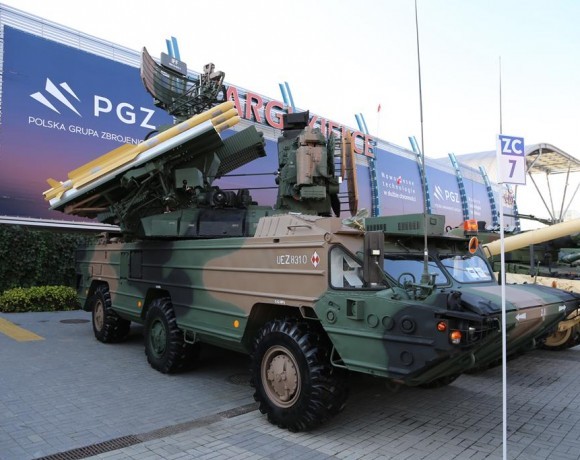
This adaptation also promised to improve the system's reaction time to aerial threats. However, it never moved beyond a demonstration model and was not implemented.
In Ukraine's current wartime circumstances, such a project could gain relevance, provided Western partners can supply adequate IRIS-T missile stocks.
Earlier, Defense Express reported on another Soviet-era air defense system in use—the Tunguska—which has proven effective in intercepting Shahed drones. This emphasizes the enduring utility of modernized legacy systems in safeguarding Ukraine’s skies.
Read more: Ukrainian Engineers Boost the M113 Armored Personnel Carrier with Advanced Firepower




